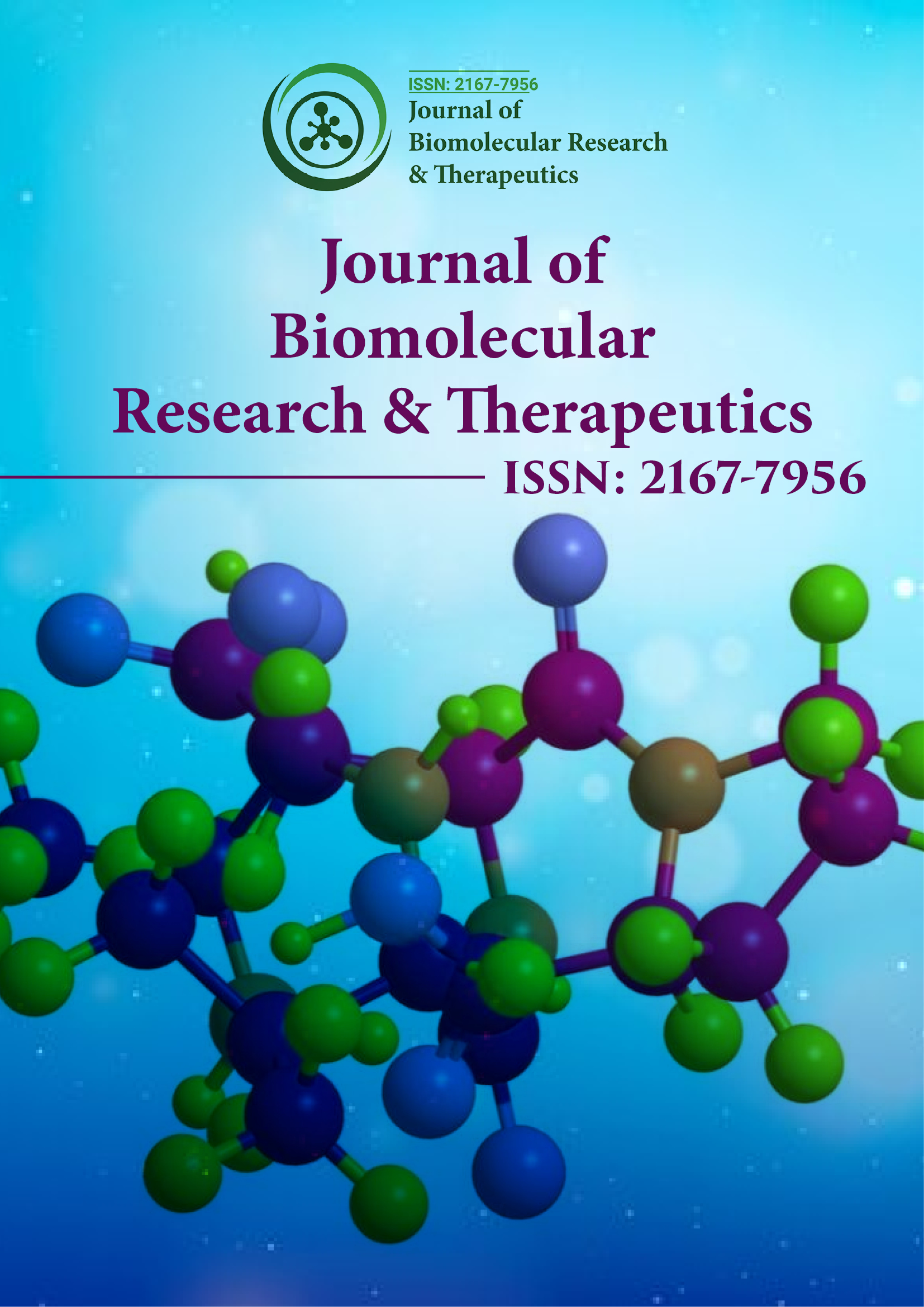Indexé dans
- Ouvrir la porte J
- Genamics JournalSeek
- RechercheBible
- Bibliothèque des revues électroniques
- RechercheRef
- Université Hamdard
- EBSCO AZ
- OCLC - WorldCat
- Catalogue en ligne SWB
- Bibliothèque virtuelle de biologie (vifabio)
- Publions
- Pub européen
- Google Scholar
Liens utiles
Partager cette page
Dépliant de journal

Revues en libre accès
- Agriculture et aquaculture
- Alimentation et nutrition
- Biochimie
- Bioinformatique et biologie des systèmes
- Business & Management
- Chimie
- Génétique et biologie moléculaire
- Immunologie & Microbiologie
- Ingénierie
- La science des matériaux
- Neurosciences & Psychologie
- Science générale
- Sciences cliniques
- Sciences environnementales
- Sciences médicales
- Sciences pharmaceutiques
- Sciences vétérinaires
- Soins infirmiers et soins de santé
Abstrait
Peut-on apprivoiser les glucocorticoïdes ? La tyrosine sanguine comme nouveau test de laboratoire
Irma Th. Rass
Les préparations glucocorticoïdes (GC) sont utilisées en médecine depuis environ 70 ans comme médicaments anti-inflammatoires les plus puissants possédant également des propriétés immunosuppressives, antiallergiques et antitoxiques. Cependant, l'utilisation de ces préparations uniques est associée à des effets indésirables graves presque inévitables et à une difficulté de leur sevrage. Il est très important que les effets indésirables ne soient pas causés par l'action toxique des préparations GC mais par leur nature hormonale. Les hormones glucocorticoïdes contrôlent directement ou indirectement pratiquement tous les processus métaboliques et physiologiques de l'organisme. Cependant, pour ces hormones pratiquement omniprésentes et d'une importance vitale, il n'existe pas d'indice d'action spécifique représentatif similaire à la teneur en glucose sanguin de l'insuline. Le présent article examine les caractéristiques spécifiques du métabolisme de la tyrosine qui nous permettent de considérer les changements de la teneur en tyrosine sanguine comme une manifestation de l'action régulatrice des GC. Les changements de la teneur en tyrosine sanguine ont été comparés à l'utilisation de préparations GC dans deux cas typiques : dans le lupus érythémateux disséminé et dans le dysfonctionnement congénital de la virilisation surrénalienne chez l'enfant. Le comportement de la tyrosine sanguine a également été étudié chez les rats après surrénalectomie et après injection d'hydrocortisone. Sur la base de ces observations, il est proposé d'utiliser la teneur en tyrosine sanguine comme test de laboratoire pour prescrire de manière raisonnable des préparations de GC et surveiller leur dose. Le comportement de la tyrosine sanguine en comparaison avec la réponse corticosurrénalienne est également étudié dans le cas de la grippe.